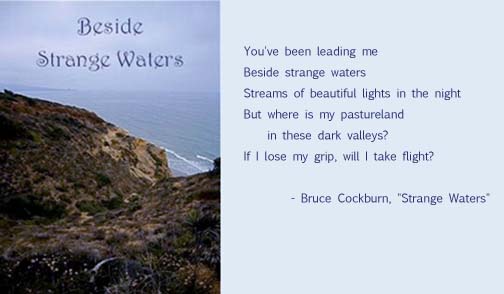Seriously, I am done. I have accumulated an embarrassingly large stack of notes about this poem, and have written my own ghazal; it is time to move on. But first, let me share with some highlights about Percy Bysshe Shelley and his famous poem.
Not everybody liked this poem (I wonder why?):
The absence of concrete imagery in 'The Indian Serenade' has been adversely criticized. The poem's natural world verges on the impalpable: the soft winds, vague perfumes, song of the nightingale, the invisible inaudible stream, faint, die, fall, just as the serenader does in his half-waking ecstasy. It is as if he had awakened from dreams of his lady into a world even more dream-like and indistinct (Park 11).
"In certain critical circles, 'The Indian Serenade' seems to have attained an eminence second only to Kilmer's 'Trees' as a favorite whipping poem" (Levin 305). The New Critics in particular condemned the line, "I die, I faint, I fail" for its "vagueness of description and the direct statement of feeling in poetry" (Abrams and Harpham) – they, as Spock himself might have done, much preferred the Vulcan purity of the objective correlative to all that sloppy, vague emotional verbiage.
Honestly, I can't much say that I blame them. But some critics liked it better, notably Richard Levin, who called it "a mighty cosmic drama of birth, death, and resurrection through which 'love' works in the universe, informing the round of the seasons and man's early pilgrimage" (306). I suppose if one is familiar with Shelley's sources, it is possible to read the poem as "the destruction of the world through an extreme of passion... expressed in a form borrowed from translations of Eastern poetry" (Park 12); however, to the general reader, such an interpretation seems more like a flight of fantasy rather than a rational explication of the poem itself.
Other critics object to the speaker of the poem, having identified the voice as belonging to a man, even though the poem appears to have been published in 1819 with the title "The Indian Girl's Song" (Nilchian 222). B.A. Park was especially derogatory about the supposedly male speaker's supposed lack of character:
Shelley’s Indian serenader is often criticised as a sentimentalist, making a blubbering parade of his probably insincere emotions before the reading public, instead of restraining them as a gentleman should, and taking a manly attitude toward his misfortunes. He is a buffoonish beggar, making a theatrical play for our sympathies, but despicably unaware of the ironies inherent in his attitudes, a creature of self-pity and self-delusion. And Shelley himself is by implication made to share in these opprobriums; he must have known that no one ever really has such feelings, or literally dies of love, or ought to carry on in this way (8).
However, if one reads the poem as a Sufi love poem with a feminine speaker, the effect is far less objectionable. "The Indian Serenade" accurately expresses the experience of "the figurative death [which] is one of the highest states in the Sufi quest for love and involves the dissolution of the self in the other" (Nilchian 238).
The speaker in this poem has a strong "desire to lose self in order to become one with" the beloved (Nilchian 222) and, given the societal expectations regarding women of the time, this may have been a truly revolutionary female speaker: a woman who wakens from a dream with sexual overtones and ventures out alone into the night to seek her lover. That she fails in her quest may be a sharper criticism of the epoch than of the Indian lady herself.
Shelley associated with strong women and early feminists. He admired and was strongly influenced by the writings of Mary Wollstonecraft, author of A Vindication of the Rights of Women. Shelley married her daughter, Mary, who is now remembered as the Mary Shelley who wrote Frankenstein. He was a proponent of free love, and would not have been put off by a woman capable of embracing her own sexuality and acting independently on the basis of her own needs and desires. By choosing a speaker outside of his own culture and using ancient motifs, he redirects the reader's expectations and reduces objections to the Indian girl's attitudes and behaviors without diluting his own message of powerful Romantic feeling and freedom.
Now that I have a better understanding of the context of this poem, I find it more admirable than it first appears. It's been a wonderful journey of exploration for me; now I am ready to move on.
Works Cited

No comments:
Post a Comment